Exclusive: Inside Grindr’s audacious, all-in bet on ‘Gay I’
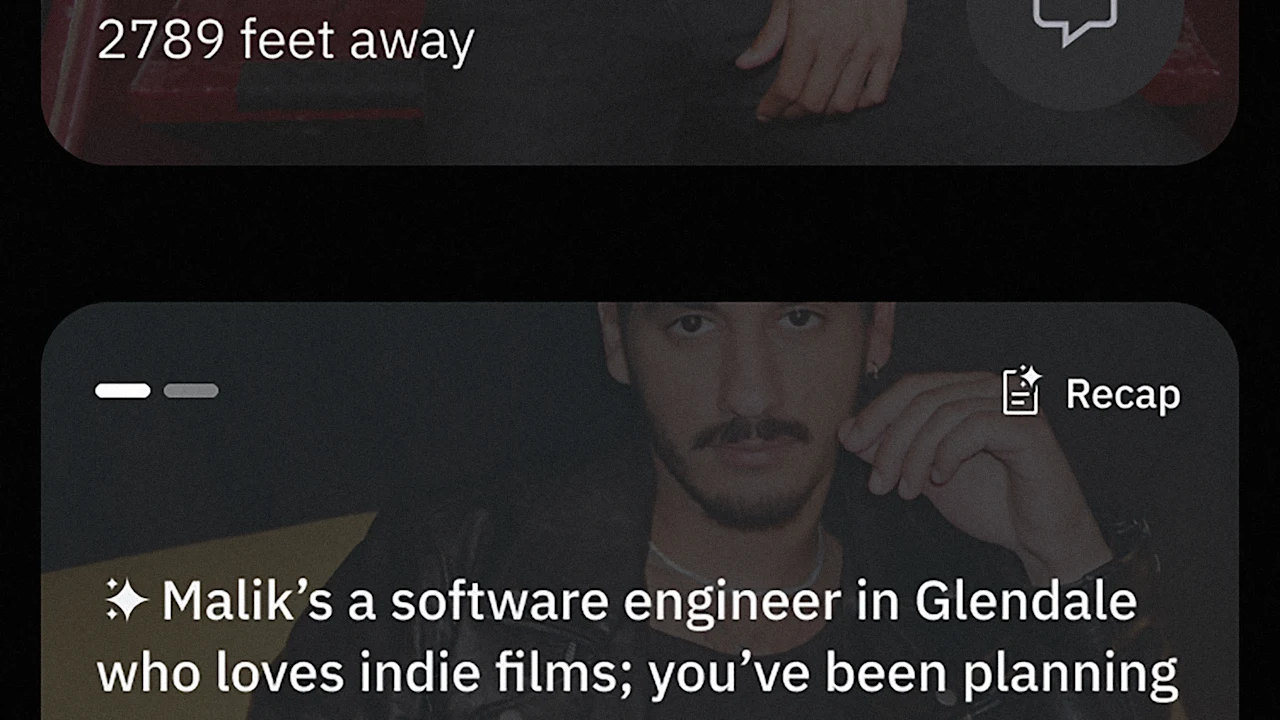
For nearly two years, George Arison, the CEO of LGBTQ+ dating app Grindr, has been promising to bring an “AI Wingman” to the social network’s 14.9 million monthly users.
The full wingman experience has thus far proven elusive, but alongside the company’s earnings in early August, Arison announced a plan to overhaul the company’s approach and become an AI-native company.
What, exactly, does it mean for Grindr to be AI-native? In a slide deck that accompanied Grindr’s Q2 2025 results, the company declared, “To us, AI-native means rebuilding product, architecture, and operations with intelligence embedded at every layer—not bolted on as a feature.”
When I ask Arison myself, he explains that it’s an opportunity to roll out custom-built tools for Grindr users, especially when off-the-shelf models lack specific knowledge of the LGBTQ+ community. “There is a huge opportunity to fill that gap and give Grindr a significant long-term competitive advantage,” he says.
The company’s plan for its gAI (pronounced “Gay I”) is about as close to rebirth as a 16-year-old app can get—if it can pull it off. In speaking with Arison, analysts, and Grindr users, I learned that strong AI features are built from the ground up, need to actually make the app function better, and that Arison’s approach might just be ambitious enough to work. As he notes, Grindr’s been an innovator before. Could it really be the first company to make the first AI move on corporate America?
Starting on solid footing
Grindr has made good on its financial outlook for the year, reporting net income of $17 million for the second quarter of 2025, a strong improvement over the company’s $22 million net loss in the same period last year. Total revenue for the quarter was $104 million, up 27% year-over-year. Arison sees these results as a strong launchpad to Grindr becoming an AI innovator.
As laid out in its latest shareholder letter, Grindr intends to become AI-native by designing an entirely new suite of in-house AI technologies and AI-powered features, some built from scratch, some powered by third-party providers. They’ll use Grindr’s data to cater specifically to the app’s primarily gay and bisexual male audience—though whether that audience will embrace an AI overhaul remains to be seen. Grindr’s plan also means building AI into the company’s operational side, making the tech integral to its day-to-day operations.
From Arison’s perspective, embracing AI is keeping with Grindr’s legacy as a first-mover in tech—its location based grid of nearby users was truly novel when it launched.
“[Grindr] was the first geolocation-based product of this kind—not just for the gay world, but for any world—when it launched, but it doesn’t really get credit for being this massive technology innovator,” he says. “I don’t want that to happen on the AI side.”
From AI to A-list
So far, Grindr’s AI-first approach hasn’t yielded much in terms of actual features. Besides the only AI-powered tool for users to roll out before the AI-native pivot announcement is called A-List. Built using Amazon Web Services, Anthropic’s Claude Sonnet, and Meta’s Llama 3 models, A-List is designed to help users jump back into prior conversations through tailored summaries. It might remind you who’s only interested in hooking up, who could make for a great long-term partner, or who you’ve already said you’re planning to meet up with.
“So many conversations get lost in your inbox historically,” Arison says of the inspiration for A-List. “We’re not just summarizing a conversation, but actually trying to take the content from that conversation and what we know about you, and put people into different buckets of how to explore them.” It’s the first step, he says, toward being able to ask the app to recommend similar profiles, or in other words, toward gAI serving as the digital wingman of his dreams.
But currently, A-List is only available to a select group of Grindr users—actually, a select group of a select group. The feature is only live for 25% of users on Grindr’s top-tier Unlimited plan, which costs $40 a month (some 1.2 million users paid for Grindr in Q2, but the company doesn’t break down subscribers by tier). Its rollout, along with other planned gAI features, has been slow-going, due in part to the constraints of existing open-source models. Specifically, Arison says they’re unequipped to handle the gay-specific slang and terminology that Grindr users speak with, not to mention the often sexual nature of conversations in the app. Thus, Grindr’s ground-up approach: a new AI model tailor-made for the gays, X-rated exchanges included.
“If we can retrain models that are open-source today more appropriately towards our audience, using the data that we use and possess, that’s a unique advantage that is going to be hard for anybody else to replicate,” Arison says.
Yi Zhou, the author of AI Native Enterprise: The Leader’s Guide to AI-Powered Business Transformation and the founder and chief AI officer at consulting firm ArgoLong, says that “Grindr’s announcement marks a pivotal moment, not just for the company, but for how digital platforms serving niche, highly engaged communities can be reimagined through AI.”
He adds, “What stands out is their commitment to build an AI platform from the ground up, rather than laying AI onto existing infrastructure. That distinction matters, because true AI-native enterprises don’t just automate the process. They restructure how value is created, personalized, and delivered in motion.”
Going global with gAI
Grindr’s planned gAI features also include Discover, which was already briefly live for some users before being pulled to make improvements. Though Grindr is best known for its proximity-based grid of potential connections, Discover embraces the opposite, showing users recommendations from around the world.
Arison is particularly excited about a third gAI feature called Insights, which will offer added details about profiles that users haven’t listed themselves, such as the demographics they’re most likely to respond to.
“I think users will find that really, really helpful, especially when so many of Grindr’s profiles—for any number of reasons, including mutual privacy or concerns around people’s safety—have very limited information about them.”
(He stresses that these features will require users’ consent, both to see Insights about other users and let other users see Insights about them.)

Will users embrace AI in the app?
Grindr’s planned gAI features are novel. They’re innovative. They present an entirely new potential for the future of dating apps and social networks at large. And that’s all well and good, but it doesn’t answer perhaps the biggest question raised by Grindr’s announcement: Did anyone actually ask for this?
The short answer is no—not in AI-specific terms, at any rate. Duncan Roberts, an associate director of research at professional services company Cognizant, regularly conducts studies on what being AI-native means for both consumers and companies. His team’s 2025 report “New Minds, New Markets,” shows that consumers generally don’t value AI in itself, but in the ways it can improve on convenience and efficiency.
“People don’t want to have AI thrust down their throats all the time—they just want their stuff to work,” Roberts says. “I think if a company like Grindr can embed it as such into their product with it almost being invisible, but make their product better and serve their customers better, then it will help them out.”
Arison, for his part, has no doubt that if Grindr creates quality AI features, consumer demand—and, ideally, more subscribers paying for these tools—will follow. Q2’s million-plus paid users for Grindr’s Xtra and Unlimited tiers ($19.99 and $39.99 a month, respectively) represented 16% year-over-year growth.
“Most of the time, users don’t know what they want when there’s a technology shift,” he says. “And the reason they don’t know is because they don’t know what the technology is capable of.”
Arison’s outlook is rosy, but Zhou and Roberts agree that a major transformation like the one planned for Grindr doesn’t come without its fair share of potential downsides.
“Grindr’s opportunity lies in doing what most companies have not: treat AI not as an add-on, but as the operating system of the enterprise,” Zhou says. “Every company has a big vision, but if you want to win the game, you have to execute it extremely well. I hope that Grindr could set a precedent [for] how a social platform evolves into a trusted, AI-driven community ecosystem.”
Roberts, meanwhile, points out that a drastic shift to new tech can alienate not only employees, who can be resistant to changes in company culture and workflow, but also consumers if handled incorrectly.
“If you start pushing AI [features] out to them that’s not thought out, that’s generic, or it doesn’t work, suddenly they see a degradation of performance in the app since the cutover—they’ll just leave,” he says. “They’ll go somewhere else.”
Arison knows those risks exist. They simply don’t concern him. What’s more concerning, he says, is the thought of being left behind as other companies embrace AI and surge ahead.
“If we don’t do this, there’s a massive risk. If we do it, then I don’t see a risk. I think that’s the way technology companies need to evolve,” Arison says. “I just see it as a huge opportunity.”
What's Your Reaction?
 Like
0
Like
0
 Dislike
0
Dislike
0
 Love
0
Love
0
 Funny
0
Funny
0
 Angry
0
Angry
0
 Sad
0
Sad
0
 Wow
0
Wow
0






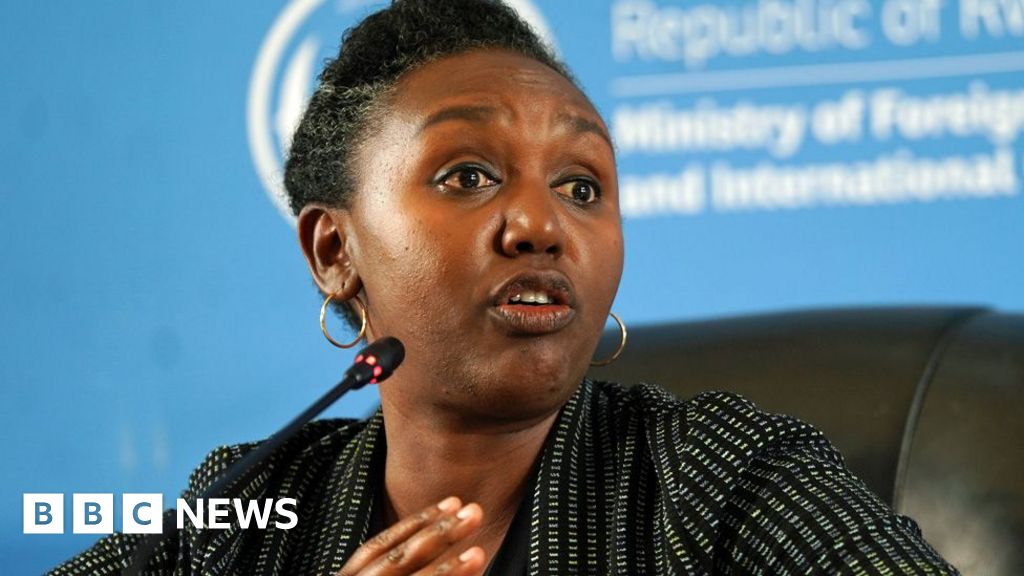

































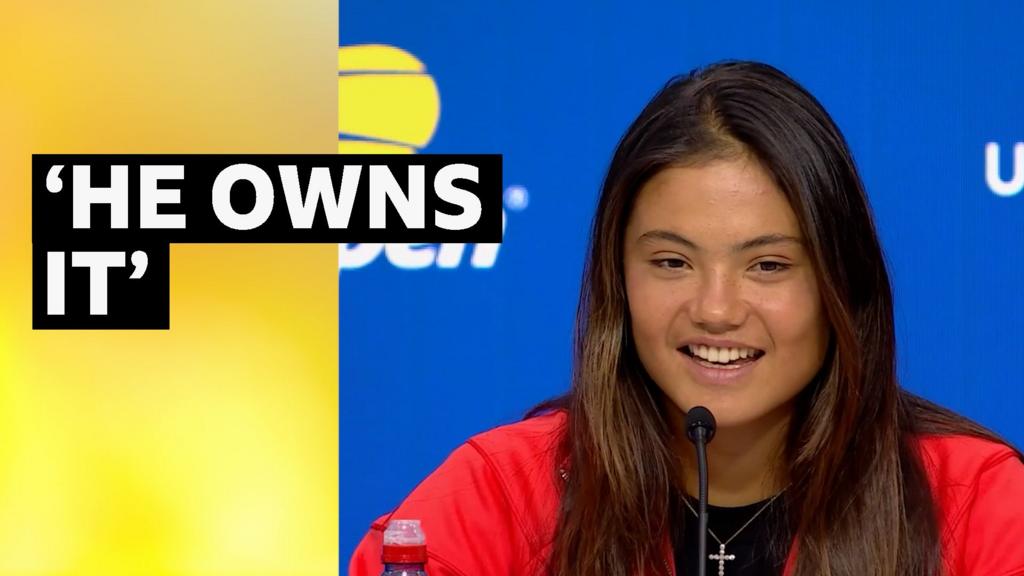



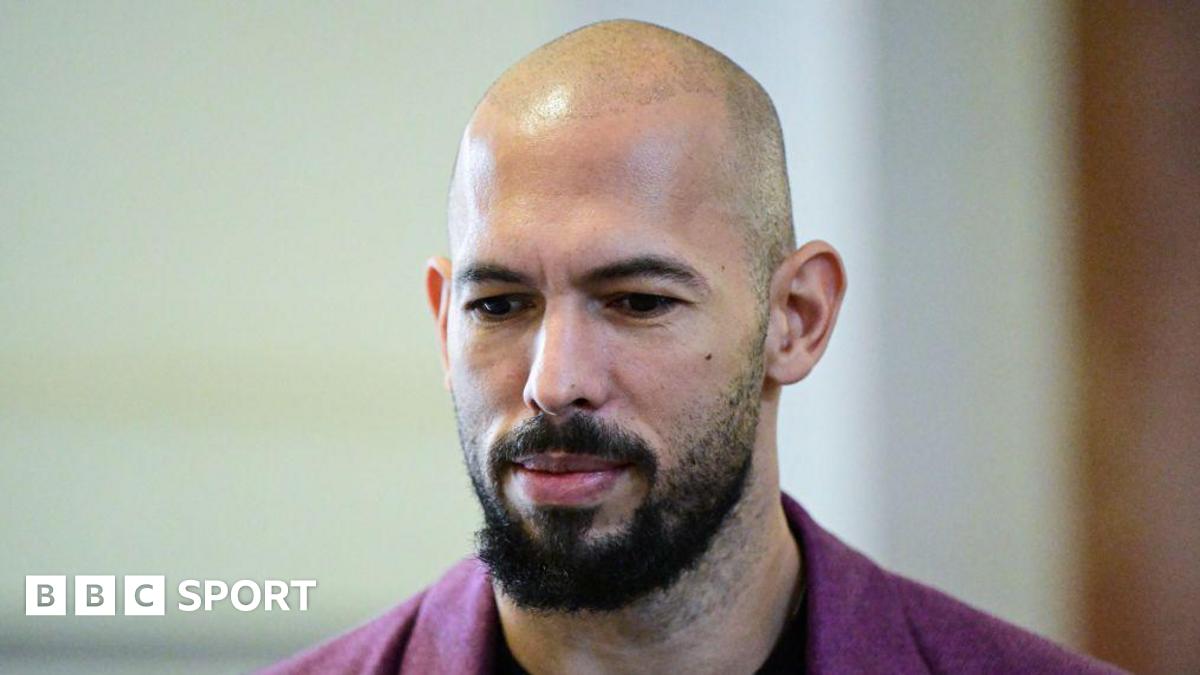
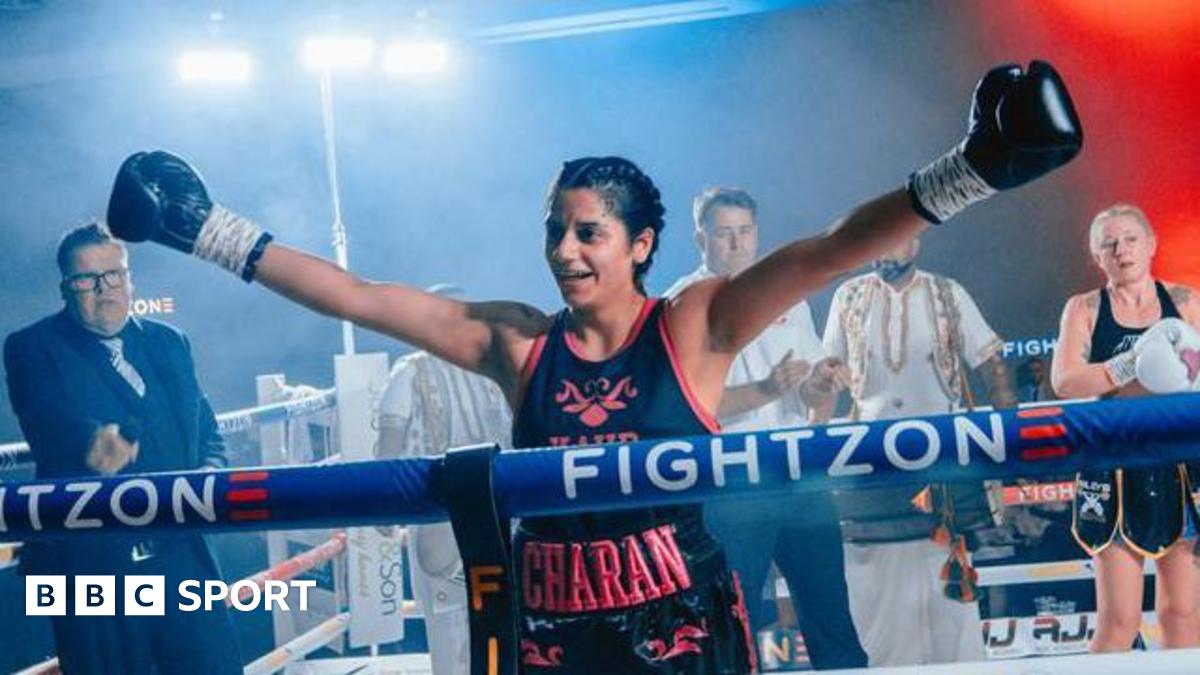






![ROREY releases a powerful song on radical acceptance with "Hurts Me To Hate You" [Video]](https://earmilk.com/wp-content/uploads/2025/08/image-26-800x529.png)








































